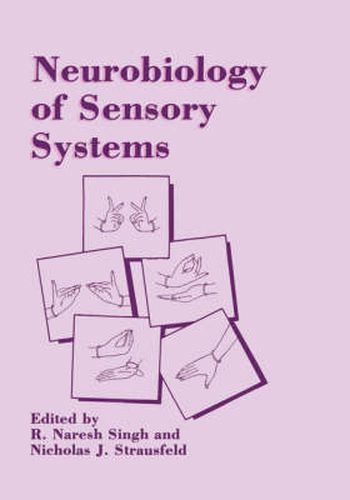Readings Newsletter
Become a Readings Member to make your shopping experience even easier.
Sign in or sign up for free!
You’re not far away from qualifying for FREE standard shipping within Australia
You’ve qualified for FREE standard shipping within Australia
The cart is loading…






This title is printed to order. This book may have been self-published. If so, we cannot guarantee the quality of the content. In the main most books will have gone through the editing process however some may not. We therefore suggest that you be aware of this before ordering this book. If in doubt check either the author or publisher’s details as we are unable to accept any returns unless they are faulty. Please contact us if you have any questions.
The traveller to India is urged to visit that country’s western shore with the Arabian Sea where, about 300 miles to the south of Bombay, an exceedingly lovely coast reaches the peak of its harmony at the erstwhile Portuguese enclave of Goa. The ambience of this alluring province is an exquisite balance of palm trees and rice fields, aged colonial homes -many still elegant and brightly painted -slowly being swallowed up by the exuberant tropical vegetation, incredible blossoms, colorful and courteous people and, deeper inland, some splendid examples of 17th and 18th century Portuguese ecclesiastical architecture. A feast for the eyes by day, and in the evening enough fresh fish and other good food to satisfy the most demanding gourmet. This was the paradisiacal setting for the first International Conference on the Neural Organization of Sensory Systems (ICONOSS for short), sponsored jointly by the International Brain Research Organization (IBRO), the Tata Institute for Fundamental Research at Bombay, the Department of Atomic Energy of the Government of India, and the Department of Science and Technology of the Government of India. About 100 participants were pleasantly confined at Fort Aguada, a resort cunningly built amongst the ruins of an old Portuguese fort. The conference program achieved an international flavor, recruiting scientists from many nations: India (naturally), Australia, Britain, Canada, Germany, Finland, France, Hungary, Japan, the Netherlands, Sweden, Switzerland and the United States of America. The subjects discussed were as diverse as the countries represented.
$9.00 standard shipping within Australia
FREE standard shipping within Australia for orders over $100.00
Express & International shipping calculated at checkout
This title is printed to order. This book may have been self-published. If so, we cannot guarantee the quality of the content. In the main most books will have gone through the editing process however some may not. We therefore suggest that you be aware of this before ordering this book. If in doubt check either the author or publisher’s details as we are unable to accept any returns unless they are faulty. Please contact us if you have any questions.
The traveller to India is urged to visit that country’s western shore with the Arabian Sea where, about 300 miles to the south of Bombay, an exceedingly lovely coast reaches the peak of its harmony at the erstwhile Portuguese enclave of Goa. The ambience of this alluring province is an exquisite balance of palm trees and rice fields, aged colonial homes -many still elegant and brightly painted -slowly being swallowed up by the exuberant tropical vegetation, incredible blossoms, colorful and courteous people and, deeper inland, some splendid examples of 17th and 18th century Portuguese ecclesiastical architecture. A feast for the eyes by day, and in the evening enough fresh fish and other good food to satisfy the most demanding gourmet. This was the paradisiacal setting for the first International Conference on the Neural Organization of Sensory Systems (ICONOSS for short), sponsored jointly by the International Brain Research Organization (IBRO), the Tata Institute for Fundamental Research at Bombay, the Department of Atomic Energy of the Government of India, and the Department of Science and Technology of the Government of India. About 100 participants were pleasantly confined at Fort Aguada, a resort cunningly built amongst the ruins of an old Portuguese fort. The conference program achieved an international flavor, recruiting scientists from many nations: India (naturally), Australia, Britain, Canada, Germany, Finland, France, Hungary, Japan, the Netherlands, Sweden, Switzerland and the United States of America. The subjects discussed were as diverse as the countries represented.